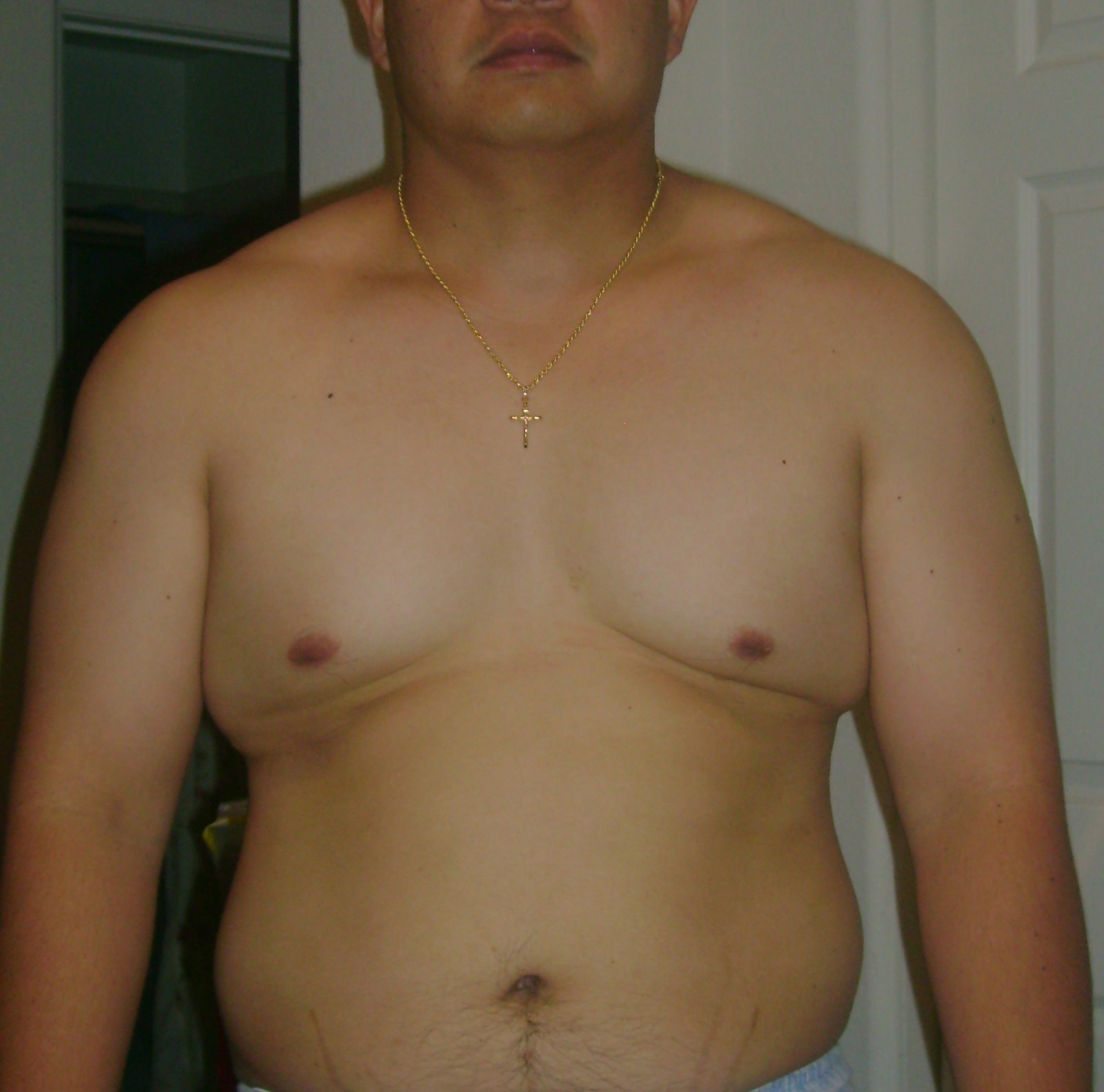Heavy Leg work day this morning with HIIT afterwards on treadmill and steady cardio on upright bike. Felt great! Definitely want to work on the legs and get some strength there now that I'm beginning to get into volleyball again here as a recreational sport (a long time passion of mine but because of my weight and a young family haven't played in years).
Alot of KB work as well as medicine ball work (5-8 lb range for the balls) would really help alot with strength and power with swing movements and hip explosiveness on passes and digs...very important in the game of volleyball.
Leg presses: 1 rep max 500 lbs
Suprisingly, on leg presses (even from way when I just started off working out) - I've been able to go heavy on this machine for some reason but on regular squats (free weight olympic bar style) - not as heavy. Probably not even 50% of the weight I can do on a leg press machine which really is interesting. So I did a search on the internet and came up with a study on some hypothesis on leg squat vs leg presses....here it is.
An EMG Comparison Study of a Leg Press and a Squat Lift
Melissa James MPT, Heidi Ivesdal, Thomas Mohr PT, PhD, John Frappier MS
Dept. of Physical Therapy, University of North Dakota, Grand Forks, ND
ABSTRACT:
Purpose. The purpose of this study was to compare muscle recruitment during a leg press and a traditional squat lift. Subjects. Two groups of subjects were used for this study. Group 1 consisted of ten, healthy, normal males. Group 2 consisted of sixteen, healthy, trained, male athletes. Methods. Surface electromyographic (EMG) activity was recorded from the erector spinae (ES), gluteus maximus (GM), vastus lateralis (VL), and biceps femoris (BF) muscles. The exercises performed were a leg press (Plyo-Press), and a traditional squat lift. Each subject in Group 1 performed three repetitions of each exercise using a weight equivalent to their body weight (155 to 265 lbs). Each subject in Group 2 performed three repetitions of each exercise using a weight equivalent to 80% of their 1 RM (225 to 600 lbs). Results. In the trained group (Group 2), the squat exercise elicited significantly more EMG activity than did the leg press in the ES, GM and BF. There was no significant difference in the VL activity between the two exercises. In the normal group (Group 1), the results were similar in that the squat exercise also elicited significantly more EMG activity in the ES, GM and BF. In the normal group there was no significant difference in the VL activity between the two exercises. Conclusion. In this study, the leg press provided the same level of muscle recruitment in the VL as did the squat exercise. However, the leg press did not recruit the ES, GM or BF to the extent that the squat exercise did. Therefore, we hypothesize that the leg press machine may be better for individuals who want to specifically strengthen their quadriceps musculature, but reduce the strain on the low back that may be caused by the excessive activity of the ES musculature.
PURPOSE:
It has been suggested that traditional squat lifting with free weights may put strain on the low back because of the increased muscle activity in the low back musculature that occurs during the lift. Furthermore, it has been proposed that the leg press will activate the quadriceps muscles to the same extent as the squat lift without excessive activation of the low back musculature. However, there is little research to support these claims. Therefore, the purpose of this study was to compare muscle recruitment during a leg press and a traditional squat lift. It has been suggested that traditional squat lifting with free weights may put strain on the low back because of the increased muscle activity in the low back musculature that occurs during the lift. Furthermore, it has been proposed that the leg press will activate the quadriceps muscles to the same extent as the squat lift without excessive activation of the low back musculature. However, there is little research to support these claims. Therefore, the purpose of this study was to compare muscle recruitment during a leg press and a traditional squat lift.
METHODS:
Subjects. Two groups of subjects were used for this study. Group 1 consisted of ten, healthy, normal males. Group 2 consisted of sixteen, healthy, trained, male athletes. The subjects in Group 1 were chosen because they were able to squat lift a weight equivalent to 75% of their body weight. The subjects in Group 2 were chosen because they were able to squat lift a weight equivalent to 80% of their 1 RM. Instrumentation. The EMG data was recorded using the Noraxon Telemyo8 transmitter/receiver and analyzed using the MyoSoft software package. Procedure. Surface electromyographic (EMG) activity was recorded from the erector spinae (ES), gluteus maximus (GM), vastus lateralis (VL), and biceps femoris (BF) muscles. The exercises performed were: 1) a leg press using the Plyo-Press® device, and 2) a traditional squat lift using free weights. Each subject in Group 1 performed three repetitions of each exercise using a weight equivalent to their body weight (155 to 265 lbs). Each subject in Group 2 performed three repetitions of each exercise using a weight equivalent to 80% of their 1 RM (225 to 600 lbs). Data Analysis. The EMG activity was normalized based on a maximal voluntary contraction (MVC) for each muscle. A comparison was made of the normalized EMG values, recorded for each muscle, during the two exercises using paired t-tests. Alpha levels of 0.05 were used to test for significance.
Figure 1. Subject on the PlyPress.
RESULTS:
In the trained group (Group 2), the squat exercise elicited significantly more EMG activity than did the leg press in the ES, GM and BF. However, there was no significant difference in the VL activity between the two exercises (Table 1). In the normal group (Group 1), the results were similar in that the squat exercise also elicited significantly more EMG activity in the ES, GM and BF (Table 2). As with the trained group, there was no significant difference in the VL activity between the two exercises.
Figure 2. PlyoPress versus squat exercise.
Figure 3. Leg press versus squat exercise.
CONCLUSION:
The leg press provides the same level of muscle recruitment in the VL as does a squat exercise. However, the leg press does not recruit the ES, GM or BF to the extent that the squat exercise does. Therefore, we hypothesize that the leg press machine may be better for individuals who want to specifically strengthen their quadriceps musculature, but reduce possible strain on the low back that may be caused by the excessive activity of the ES musculature. However, if the training is aimed at training the ES, GM or BF; then the squat lift may provide a better training stimulus.
Subscribe to:
Post Comments (Atom)







.jpg)
.jpg)



1 comment:
Hey Andy, another great post full of researched facts.
This is the whole reason I've all but drop the leg press from my routine (if I do it, it's at the end of my workout, after everything else).
The last time I used the LP I was doing something ridiculous like 610lbs for 10 reps and 4 sets. Never tried to find my one rep max though.
Keep up the great articles. I know a few people that are always reading and learning from you.
Post a Comment